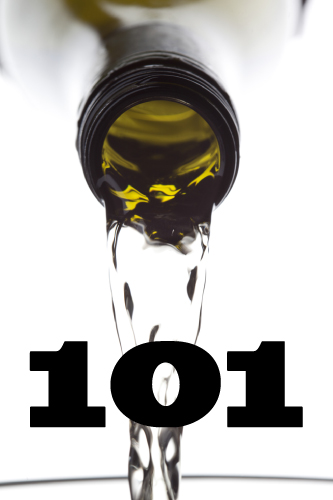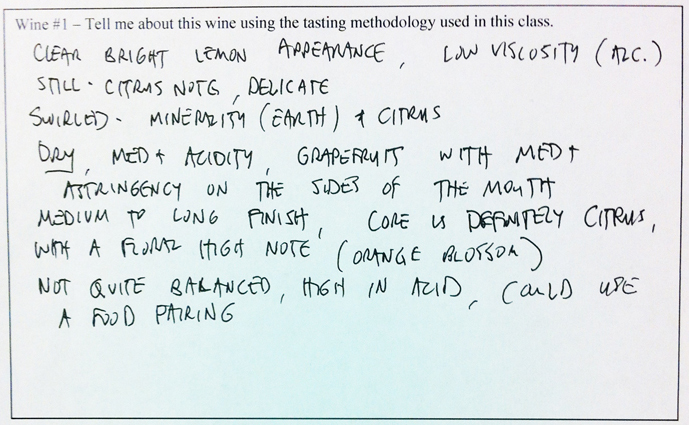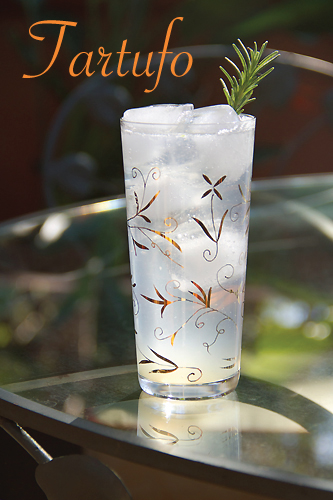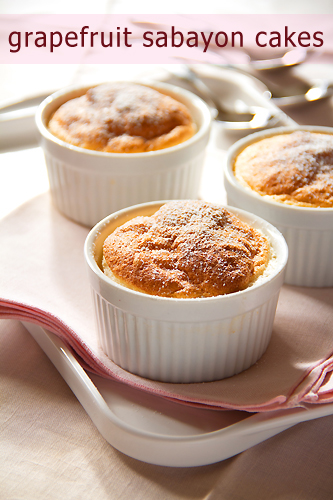
My partner Ken has a lifelong love of learning. He’s a teacher too (among other things), having taught at Art Center and UCLA. The thing about great teachers is they are always learning new things. Ken is taking a wine appreciation course at UCLA. Not that we don’t know or enjoy wine– but a course in wine tasting could give Ken the tools he needs to take his enjoyment of wine to a whole new level.
Ken is writing a report for us after each of his weekly classes. This is the eighth and final report in this series. GREG
I hate being humbled. Although I’m getting better at it (could be my daily meditation practice). Last night was our final session of Intro to Wine. We kicked off the evening with a graded, closed book, blind wine tasting. The instructor poured two white wines, and gave us twelve minutes to write down our impressions. If you, like me, have been paying attention these past couple of months, you will know that there is a procedure that’s followed in structured tastings.
First note the appearance of the wine, then examine the nose, then deconstruct the aromatics on the palate or “taste” (remember the acronym FEW: Fruit, Earth, Winemaking). Oh, and somehow work in Body, Alcohol, Acid, Astringency and Tannins. Then come to your conclusions: what was the quality of the wine? Where might it be from? Cool or warm climate? Old or new world? What was used in winemaking? What was the finish like? Any ideas for food pairings? No pressure.
Actually, pressure is a good thing. When you’re under pressure (from time limits, being graded) you have to focus on what you’re experiencing. You can’t rely on pre-conceived ideas based on varietal, brand, terroir or price. Or even ratings.
Onto the tasting. Wine One was somewhat puzzling to me: it was a clear, bright lemon yellow, with a slightly aromatic nose of citrus with some minerality. So I’m thinking Sauvignon Blanc before tasting it. But the palate confounded me, I got grapefruit (which was apparently wrong) and a high floral note of orange blossom (which was right). It didn’t seem balanced to me, perhaps because I had it in my mind that it was a Sauvignon Blanc. I did conclude that it would be much better with food. Turns out it was a French Chablis, which I love, especially with mussels or oysters.

I fared better on Wine Two. Paler in appearance, nearly water white, the wine smelled toasty when still, and even more bakery aroma escaped from a swirl or two. Clearly a different varietal from Wine One, not nearly as dry on the palate. I got citrus with a slight effervescence or pettilance – like Lemonheads candy! Perhaps a riesling or gewurztraminer… definitely on the sweet side of the scale. High alcohol supported my assumptions. I guessed a young wine (correct) from a warm climate (incorrect) due to the sweetness and pale color. Sweetness results from decisions that the winemaker makes, not from the grape variety. This wine was revealed to be a 2011 Dr Loosen German Riesling.

Whew, glad that was over. The remainder of the evening was spent learning about (and tasting) sparkling and fortified wine– including Champagne, Muscat and Port. Very festive. We filled out our instructor evaluations at the end of class. What a great idea– I wish I could serve wine before my students evaluate me!
I’d like to offer up a few bonus Fun Facts before concluding this series:
- Champagnes have a big foil at the neck to hide the amount of wine that has been lost in “disgorgement” (when the plug of dead yeast or lees has been expelled).
- Rotate the bottle, not the cork, to open.
- If Champagne is too frothy, you need to get it colder.
- You won’t see many bubbles in your glass (or flute) if it is too clean (due to residual soap or dishwashing liquid).
- Opening a bottle of Champagne should sound like “a nun passing gas” (no kidding, I didn’t make that up). If you just shoot it off, you release precious bubbles.
Shoot, I’m off. KEN
WEEK 1: Learning to Love Wine- An Introduction
WEEK 2: Learning to Love Wine- Decanting American Varietals
WEEK 3: Learning to Love Wine- Now Smell This
WEEK 4: Learning to Love Wine- Vive la France
WEEK 5: Learning to Love Wine- Italy and Spain
WEEK 6: Learning to Love Wine- A Valentine to Pairings
WEEK 7: Learning to Love Wine- Watch It!

